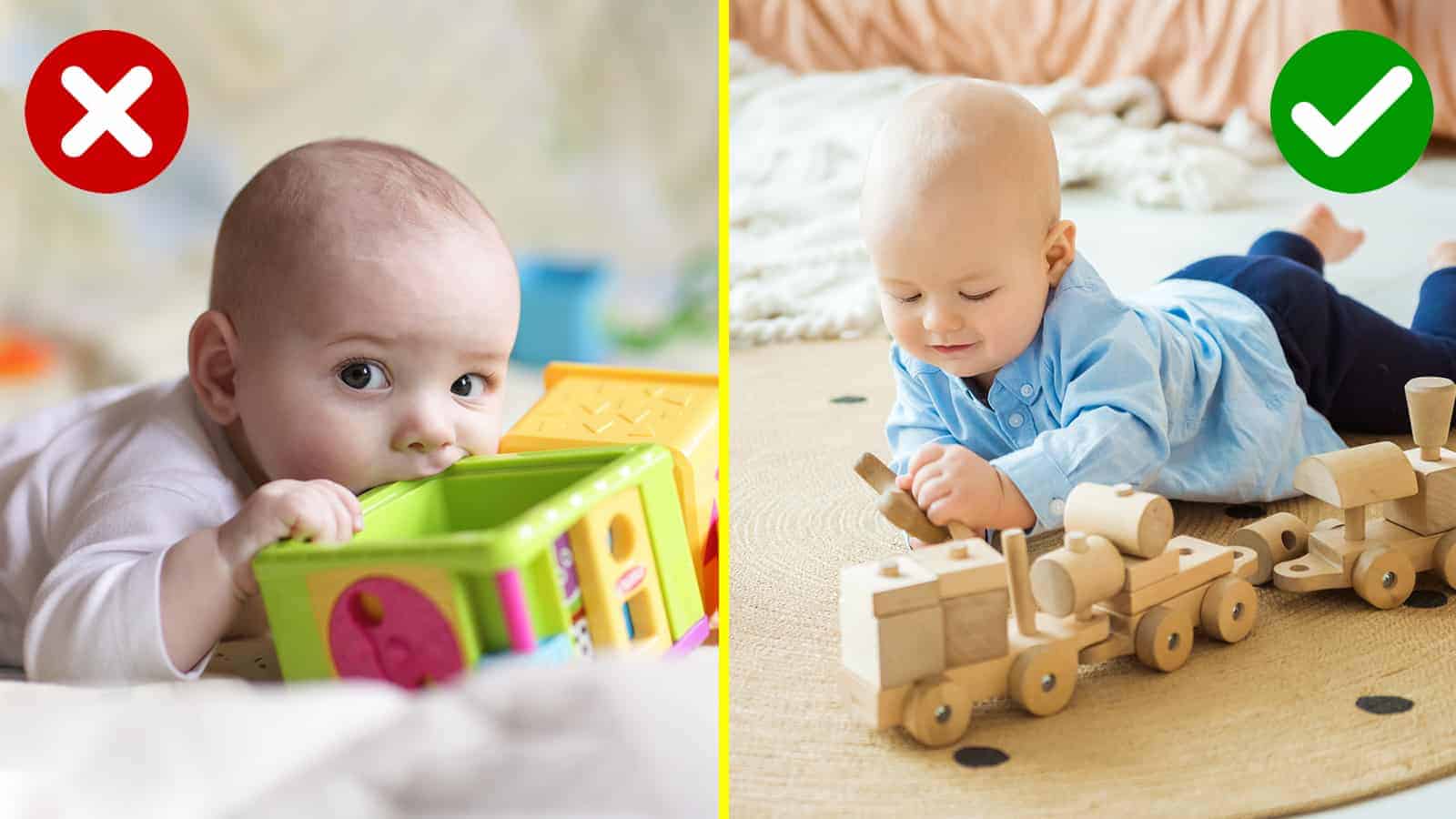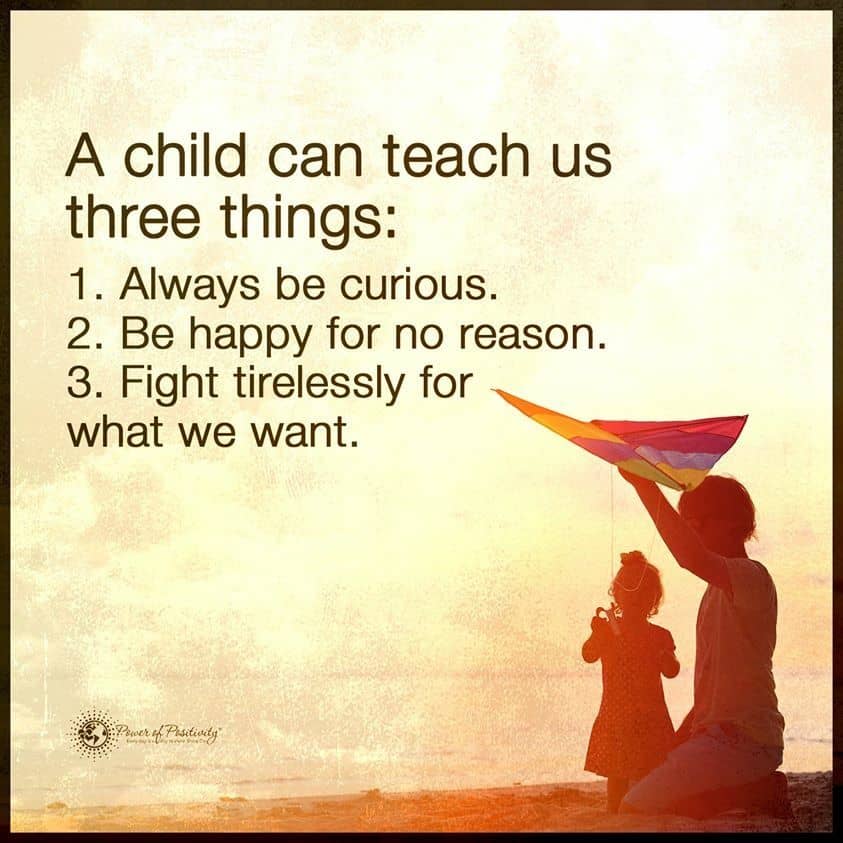Ever since plastic was invented in the late 19th century, plastic toys have been a big hit with children all over the world. Plastic made toys more affordable, which meant that even lower-income families could get a toy for their children. However, plastic has made quite a journey when it comes to safety. Unfortunately, that journey has not come to an end.
These days, plastic is used for almost everything you can think of. It’s hard to find a toy that doesn’t have some plastic in it. However, plastic is a human-made material and contains a lot of chemicals.
Toy Regulations in the United States of America
Plastics used to contain a lot of harmful chemicals before governments stepped in and started regulating the industry. However, it wouldn’t be until the 20th century that the United States had a toy regulation law. In the United States, the first national standard for toys was signed into law by President Richard Nixon in 1969.This law didn’t specifically target plastic toys. It targeted all toys and dealt with more physical safety concerns, such as toys shattered easily or too sharp.
Finally, in 2008, The Standard Consumer Safety Specification for Toy Safety was signed into law. This act stated that all toys must be tested and certified to meet the ASTM F963-17 standard. This standard banned many of the harmful chemicals in plastic.
Unfortunately, there are still many chemicals in plastic. You also have to be concerned that they could be different from country to country. That was the focus of the study done by researchers at the Technical University of Denmark in conjunction with researchers from the University of Michigan and the UN Environment. They discovered that some plastic toys could have over 100 harmful chemicals in them.
Details of the Study
The results of the research were published in volume 146 of Environmental International.
Researchers first noted that it’s difficult to find plastic toys’ chemical makeup since manufacturers aren’t always required to list them. Therefore they ended up using data from 25 peer-reviewed studies. They grouped the toys into three general plastic groups – hard, soft, and foam.
While they did estimate the exposure that western children had to these plastic toys, that was not the study’s focus. The focus was specifically on how many unique chemicals they found in these toys and how many were on regulatory lists of concern.
The lists that they used were the European Toy Safety Directive 2009/48/EC, the European Candidate List of substances of very high concern for Authorisation (SVHC), the CalSafer Candidate list, and the California Proposition 65 list. The numbers of chemicals that they found on these lists were staggering.
The researchers found 419 different chemicals in 619 different chemical-material combinations. They divided these chemicals into four groups:
- High-risk chemicals on the regulatory lists of concerns from their studies and other studies
- High-risk chemicals not on the regulatory lists of concerns but still are listed as a concern in their study.
- Low-risk chemicals on the regulatory lists of concerns
- Chemicals on the regulatory lists of concerns that don’t have exposure/toxicity estimates
The list ended up containing 126 chemicals of the 419 that they found in the toys. Out of that 126, they found 31 plasticizers, 18 flame retardants, and eight fragrances. Out of the 126 chemicals, 19 of them were extremely high-risk chemicals. Sixteen of these were listed on the regulatory lists of concerns.
Why These Chemicals are Being Used in Toys
The biggest problem with these regulatory lists of concern is that there is no one central, international agreement about what is acceptable and not. Each country has its plan. There are a few chemicals that are obvious bans everywhere, but there is still a plethora of other substances on that list to consider.
Even worse, many of the chemicals haven’t been tested to see if they harm people. Without any conclusive data, they remain off of almost every list.
Without a watchful eye (the government) regulating them, manufacturers continue to use chemicals that may be harmful. It’s a widespread global issue that doesn’t get nearly as much attention as it should.
How You Can Protect Your Children
The best way to protect your children from harmful chemicals in plastic is not to buy them plastic toys. However, that’s easier said than done. There isn’t a large abundance of wooden toys, the most popular toys that kids want do not come from wood, and wood toys are expensive.
It’s not practical to avoid buying toys made of plastic in this day and age. Therefore, you’ll have to be a smart, informed parent when it comes to plastic. There are a few things about plastic that you should be aware of when you shop for toys. At the very least, you can make sure the plastic meets your country’s standards.
BPA-Free Plastic
There has been an entire movement against Bisphenol A, better known as BPA. More often than not, when a product contains plastic or is packaged in plastic, you’ll see it labeled as BPA-free. There is no hard law that says manufacturers can’t use it, but many manufacturers are electing to bypass this chemical for good reasons.
BPA is mostly found in plastics that are used to store or package food. This includes polycarbonate plastics and epoxy resins.
Scientists and researchers have shown that BPA can have very negative consequences on children’s health, especially the brain of fetuses. However, the U.S. Federal Drug Administration (FDA) has deemed BPA as safe at low levels. That’s why the substance isn’t banned. Luckily, many manufacturers are taking the ban into their own hands by not using it in their products.
Unfortunately, not all manufacturers label their BPA-free products as such, so you still won’t know whether they have BPA unless you see the recycling number of the plastic. For most polycarbonate containers, the recycling number will be on the bottom or somewhere on the box. If it’s a 7, it probably contains BPA.
Not all containers marked as 7 are polycarbonate, so you’ll need to check for one more thing. If the box is labeled unbreakable or microwave-safe, it probably has BPA. On the other hand, if the container is marked as 1, 2, or 4, it’s perhaps BPA-free.
Switch to Wood Toys and Shatter-proof Glass Storage Containers
Earlier it was stated that it’s not practical to think you’ll get away from all plastic products. However, you can cut down on the amount of plastic you have in your home. Some ways you can do that include using shatter-proof glass storage containers, replacing some toys with wooden toys, and buying things made from organic cotton or hemp.
These materials may be of better quality anyway. Since they cost a little more than plastic, you’ll probably need to extend your budget a little, but it’s better than getting something that could potential make your child sick.
Wait Until They’re Older to Give Them Plastic Toys
Contamination from most chemicals in plastic would happen due to ingestion over a length of time. This happens quite often because young children put the toys in their mouths. This is an entirely standard action – it’s how babies explore the world around them. It shouldn’t be interrupted by contaminated plastic.
Older kids know better than to put toys in their mouths (although there is no guarantee they won’t do it anyway). Their immune systems are also better developed. Although the immune system can’t battle it out with a chemical, it might help your child fight the symptoms.
An ASTM International Label
If you’re in the United States, you’ll be checking your plastic against the ASTM International standards. If plastic is labeled with this, it doesn’t have any harmful substances that the government has banned. Keep in mind that this doesn’t mean it’s BPA-free, but you can at least relax knowing that it is free of the other stuff.
Final Thoughts on the Chemicals in Children’s Plastic Toys
This article wasn’t meant to scare you out of buying plastic toys. There are plenty of toys made from plastic on the market that isn’t going to harm your child. Plus, if your child is old enough to know not to put the toy in their mouth, they’ll be much less likely to get contaminated.
Toys that are made from plastic fit into everyone’s budget. They are colorful and fun, and kids love them. There are a lot more positive points on toys made from plastic than negative points.
There hasn’t been much research into how much kids are being contaminated from toys made of plastic, but right now, the numbers are relatively low. While the risk is down, you can still opt to be a good parent and heed the advice above. After all, low-risk or not, it never hurts to be more safe than sorry.















 Community
Community

